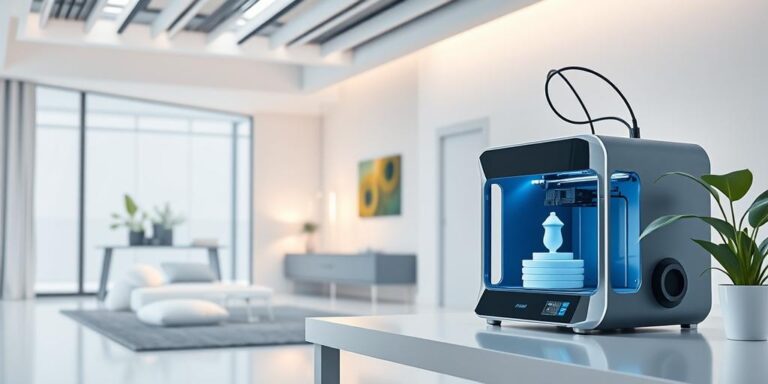3D Printers for Home Use: Beyond Hobbyists? (2027)
The year is 2027. 3D printers, once relegated to the realm of hobbyists and specialized industries, are now making inroads into the average household. But is this a passing fad, or are we witnessing a genuine shift in consumer behavior? This article examines the current state of home 3D printing, its potential applications, and the challenges that lie ahead.
The Rise of Affordable 3D Printing
One of the key drivers of this trend is the increasing affordability of 3D printers. In the early 2020s, a decent home 3D printer could easily set you back several thousand dollars. Today, comparable models are available for a fraction of that price. This price reduction is due to several factors, including advancements in manufacturing techniques, increased competition, and the expiration of key patents.
Beyond Toys and Trinkets: Practical Applications
While early adopters primarily used 3D printers for creating toys and novelty items, the technology has matured significantly. Home users are now exploring more practical applications, such as:
- Household Repairs: Printing replacement parts for broken appliances, furniture, or tools.
- Customized Home Decor: Creating personalized decorations, vases, and other decorative items.
- Educational Tools: Using 3D printers to create models for science projects, architectural designs, and other educational purposes.
- Assistive Devices: Printing custom-fit aids for individuals with disabilities, such as specialized grips or adapted utensils.
Challenges and Obstacles
Despite the growing popularity of home 3D printing, several challenges remain:
- Complexity: Operating a 3D printer can be complex, requiring technical knowledge and troubleshooting skills. While user interfaces have improved, there’s still a learning curve.
- Material Costs: The cost of printing materials, such as filaments, can add up, especially for larger or more complex projects.
- Printing Time: 3D printing can be a slow process, with some objects taking hours or even days to complete.
- Safety Concerns: Some 3D printers emit potentially harmful fumes during operation, requiring proper ventilation.
The Future of Home 3D Printing
Looking ahead, the future of home 3D printing appears promising. As the technology continues to evolve, we can expect to see:
- More User-Friendly Interfaces: Simplified software and more intuitive controls will make 3D printing accessible to a wider audience.
- New Materials: The development of new printing materials with improved properties, such as increased strength, flexibility, and heat resistance, will expand the range of applications.
- Faster Printing Speeds: Advances in printing technology will reduce printing times, making the process more efficient.
- Integration with Other Technologies: 3D printers will increasingly integrate with other smart home devices and platforms, enabling new possibilities for automation and customization.
Conclusion
In 2027, 3D printers are no longer just for hobbyists. While challenges remain, the technology has matured to the point where it offers practical benefits for the average household. As 3D printers become more affordable, user-friendly, and versatile, they are poised to play an increasingly important role in our lives.




